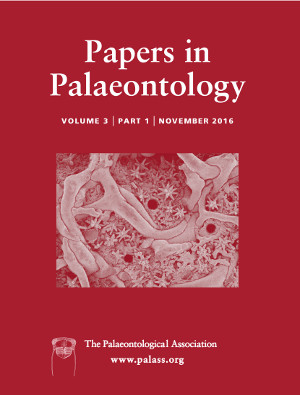Reg. Charity No. 1168330

The Deseadan South American Land Mammal Age (late Early Oligocene – Late Oligocene) attests to a time of great diversification in the caviomorph rodent fossil record. Nevertheless, Deseadan rodent‐bearing localities in Neotropical lowlands are few and poorly known. Here we describe the rodent assemblages from two Late Oligocene localities, near Contamana, Loreto, Peru. Seven taxa are new to science: Palaeosteiromys amazonensis gen. et sp. nov., Plesiosteiromys newelli gen. et sp. nov., Loretomys minutus gen. et sp. nov., Scleromys praecursor sp. nov, Ucayalimys crassidens gen. et sp. nov., Chambiramys sylvaticus gen. et sp. nov. and Chambiramys shipiborum gen. et sp. nov. These rodent faunas show that caviomorphs were relatively diverse in Peruvian Amazonia during the Late Oligocene, with the co‐occurrence of at least three extant superfamilies: Erethizontoidea, Octodontoidea and Chinchilloidea. Additionally, they mark the earliest known occurrences of Scleromys, of a small erethizontid closely related to Microsteiromys and of an adelphomyine closely reminiscent of Ricardomys (all taxa previously restricted to Miocene localities thus far). They also document a form potentially related to Eosallamys (previously known from around the Eocene–Oligocene transition at Santa Rosa in Peruvian Amazonia). Finally, the geographical range of Adelphomyinae and of Deseadomys is widely expanded to the lower latitudes of South America for the Deseadan interval. The latter elements, in addition to the record of a very primitive species of Scleromys, suggest the absence of palaeogeographical and palaeoenvironmental barriers within the southern cone of South America before the Oligocene–Miocene transition.